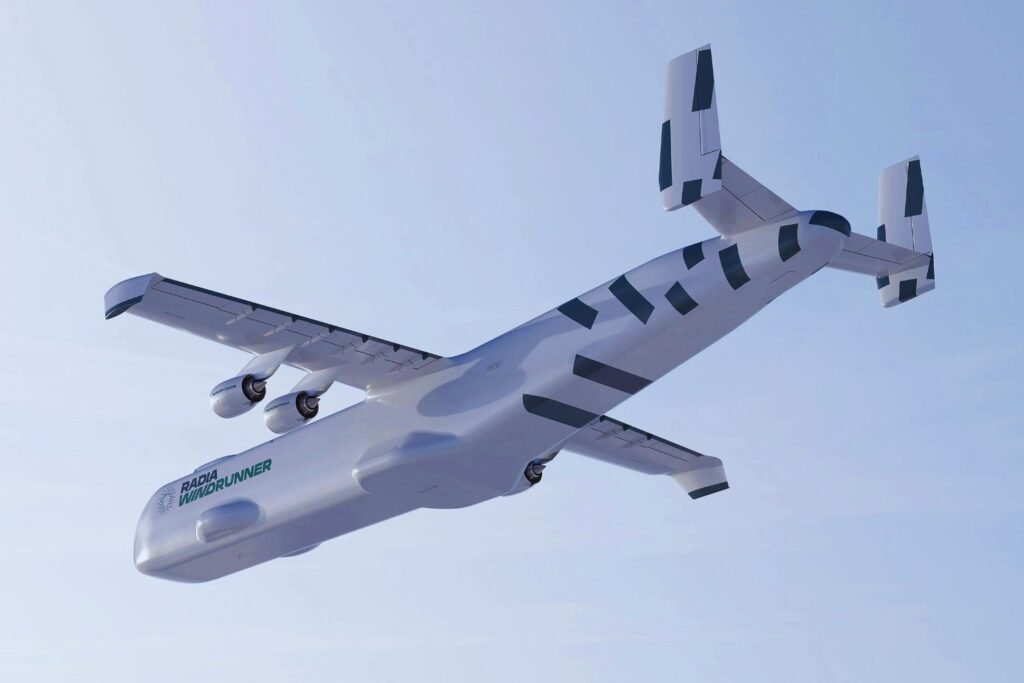The huge plane with a crucial mission for humanity but no passengers

In the race to combat the climate crisis, engineering and innovation come together in a solution as unexpected as it is promising. A giant aircraft, longer than a football field, will not fly with passengers or commercial cargo. Its true purpose could be to take the next big leap.
### A sky giant for a new energy era
Designed specifically to transport wind turbine blades up to 105 meters long to remote and difficult-to-access areas, this colossus measures 108 meters in length, 24 in height, and has a payload capacity of 72 tons, far exceeding the . Thanks to its high-wing design and reinforced landing gear, it will be able to land on short unpaved runways.
Why something so large? Because the most efficient wind-capturing blades, long and thin, cannot be transported by road: . Offshore energy is more expensive and complex. Bringing these giant turbines to solid ground would completely change the energy landscape.
### A bold idea that left drones and airships behind
The idea arises from a simple yet powerful question: how to transport longer blades to remote locations by land? Radia’s founder, Mark Lundstrom, evaluated other options such as high-capacity drones or airships. However, all were discarded due to technical infeasibility, high costs, or difficulties in large-scale operations.
Thus was born the idea of an aircraft tailored to transport the blades directly from factories or ports to airports near wind farms, overcoming land obstacles and paving the way for a new energy model.
WindRunner is huge! It has 12 times the payload volume of a Boeing 747-400F, a 20-foot longer wingspan, and is 127 feet longer. While the 747 needs a 9,500-foot runway, WindRunner only needs about 6,000 feet at a wind farm to deliver the largest turbines almost anywhere.
### GigaWind: the plan behind the colossal aircraft
is not just an impressive aircraft; it is the catalyst for an even more ambitious project called . Radia aims to install XXL land turbines with taller towers, greater efficiency, and less dependence on fossil fuels.
With partners like Leonardo, Aernnova, and AFuzion, the first flight is expected to take place before 2029. According to internal studies, a fleet of these aircraft could enable the installation of an additional 216 gigawatts of wind capacity in the U.S. by 2050, covering 40% of national electricity demand and avoiding up to 760 million metric tons of CO₂ emissions per year.
Lundstrom sums up the challenge: “It wasn’t a technological problem. It was logistical.” And although it may seem ironic to use airplanes to advance sustainability, Radia argues that each flight will enable renewable sources to far surpass their carbon footprint.




